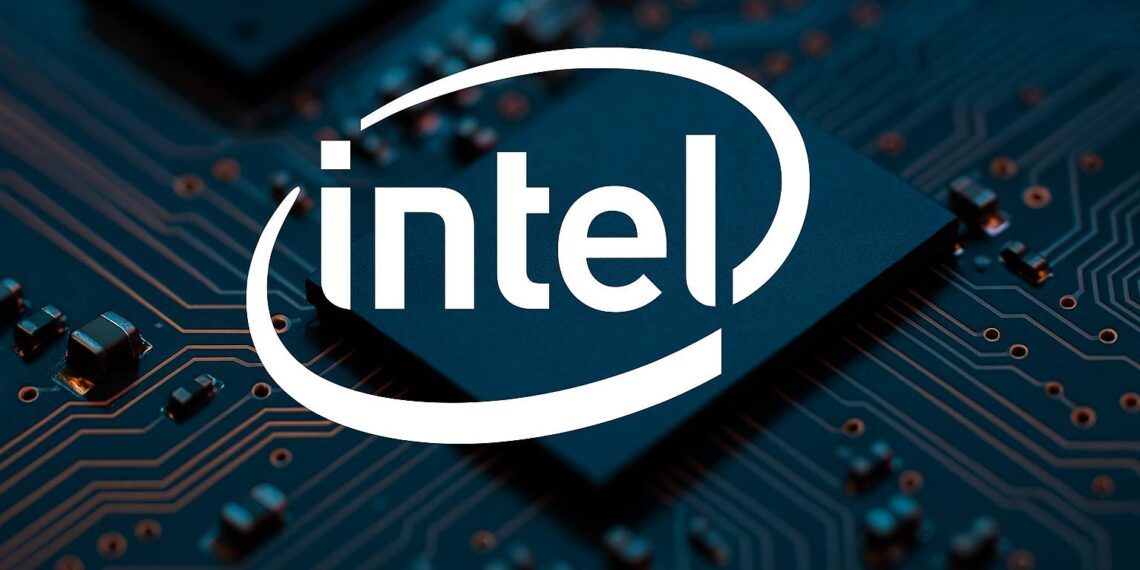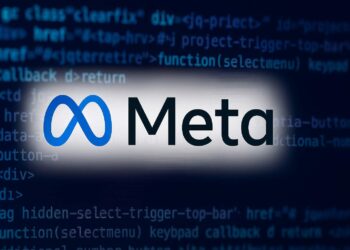Quick Take
Intel delivered a clean top-line beat and a meaningful non-GAAP EPS surprise, powered by steadier PC demand and disciplined opex. Guidance for Q4 lands in line to slightly cautious, reflecting portfolio changes and a measured view on data center spending into year-end.
Headline Numbers (Q3 FY2025)
- Revenue: $13.7B (+3% YoY).
- Gross margin: ~38% GAAP / ~40% non-GAAP (strong improvement YoY).
- Diluted EPS: $0.90 GAAP (benefit from one-offs); $0.23 non-GAAP.
- Cash from operations: ~$2.5B.
- Capex (gross): ~$3.0B; partner contributions in the quarter helped fund the build-out.
- Workforce: continued right-sizing vs. last year as the transformation progresses.
Q4 2025 Outlook (midpoint):
- Revenue: $12.8–$13.8B.
- Gross margin: ~34.5% GAAP / ~36.5% non-GAAP.
- Non-GAAP EPS: ~$0.08.
(Note: outlook excludes Altera after majority deconsolidation in Q3.)
Segment Check: Where Growth Came From
- Client Computing Group (CCG): $8.5B, +5% YoY. AI-PC refresh and commercial upgrades supported units and mix.
- Data Center & AI (DCAI): $4.1B, −1% YoY. Hyperscaler digestion and project timing muted growth, though host CPUs for AI servers remained a relative bright spot.
- Intel Foundry (IFS): $4.2B, −2% YoY (before intersegment eliminations). Run-rate reflects internal ramp cadence and external programs in flight.
- All other: ~$1.0B, +3% YoY.
Intersegment eliminations of roughly $4.2B reconcile to total reported revenue of $13.7B.
Gross Margin & Costs: The Bridge
- Mix & cost control lifted margin sharply vs. last year.
- R&D/MG&A declined double-digits YoY on restructuring and tighter spending, cushioning the impact of uneven data center demand.
- One-offs inflated GAAP EPS; non-GAAP better reflects underlying progress.
Strategic Notes
- Portfolio moves: Intel completed the deconsolidation of Altera (51% stake sold) in September, simplifying reporting and sharpening focus on core roadmaps and foundry strategy.
- PC platform cycle: The AI PC refresh is moving from concept to deployment, supporting CCG momentum into 2026.
- Foundry execution: Capacity investments and partner funding continue to underwrite the leading-edge roadmap, with customer traction a key proof point over the next 12 months.
Stock Reaction: What’s in the Tape
INTC traded actively after the print as investors balanced a better-than-feared quarter with a prudent Q4 guide. Factors in play:
- Beat quality: Revenue and non-GAAP EPS clearly ahead; margin trajectory encouraging.
- Guide optics: Q4 range is reasonable but leaves little room for macro hiccups.
- Positioning: After a pre-earnings run, the setup favored show-me follow-through on margin and orders.
What to Watch Next
- Q4 execution vs. guide: Delivery on gross margin and opex discipline as seasonal PC strength normalizes.
- DCAI momentum: Signs that cloud digestion fades; visibility on next-gen CPUs and AI-adjacent attach.
- AI PC adoption: Enterprise pilots, refresh budgets, and OEM commentary on attach rates.
- Foundry milestones: External customer announcements, 18A readiness, and wafer-starts cadence.
- Cash & capex: Partner contributions, incentive inflows, and the pace of capex tied to leading-edge capacity.
Bottom Line
Intel’s Q3 shows operational progress: a top-line beat, non-GAAP EPS upside, and better margins—tempered by a measured Q4. If CCG holds, DCAI stabilizes, and foundry milestones land on time, the 2026 bridge (margin + mix + AI PC cycle + foundry credibility) becomes more believable. For now, it’s a constructive update with a show-me fourth quarter ahead.
FAQ
Did Intel beat expectations?
Yes. Revenue and non-GAAP EPS came in ahead of consensus, with gross margin improving meaningfully year over year.
What drove the beat?
A firmer PC cycle, cost discipline, and mix improved non-GAAP profitability despite uneven data center demand.
Why is Q4 guidance cautious?
Management signaled a balanced view on year-end demand and program timing, with portfolio changes (e.g., Altera) also affecting comparability.
Is gross margin recovery real?
Trend-wise, yes—mix and cost actions helped. Sustaining it will depend on DCAI reacceleration and ongoing cost execution.
What’s the single most important proof point for 2026?
Customer-validated foundry milestones (nodes, PDKs, tape-outs) alongside AI PC adoption rate and steadier data center demand.
Disclaimer
This article is for informational purposes only and does not constitute investment advice or a solicitation to buy or sell any security. Investing involves risk, including the possible loss of principal. Always conduct your own research and consider consulting a licensed financial advisor.








